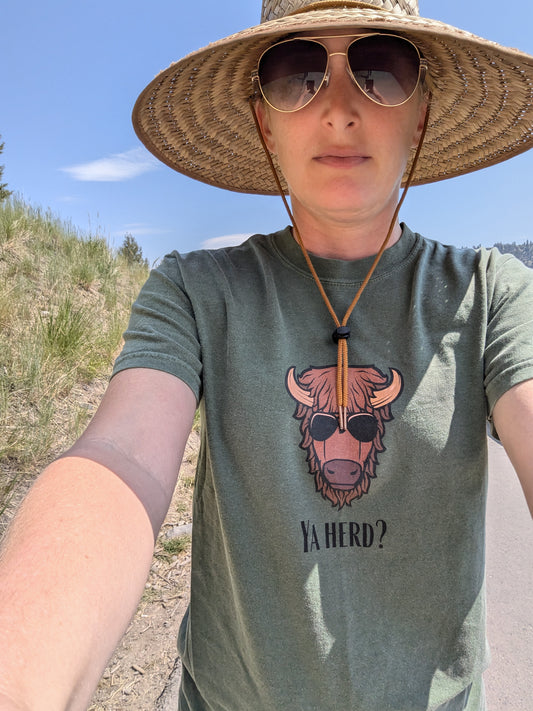The Huck Wild Guide to Understanding DTG & DTF Printing
Direct-to-Garment (DTG) and Direct-to-Film (DTF) printing are two popular methods in the world of garment decoration. But what sets them apart? Let's dive into the differences between these two printing techniques.
What is DTG Printing?
DTG printing is a process where a printer directly applies the ink onto the garment with inkjet technology. The ink is absorbed by the fibers of the garment, resulting in a soft feel and vibrant colors. This method is ideal for intricate designs and detailed images. Which of our products use DTG? Our All Over Print (AOP) lounge pants, rash guards, swimwear, bandanas, backpacks, fanny packs, towels, blankets, and even lunch boxes!
What is DTF Printing?
On the other hand, DTF printing involves printing the design onto a special film, which is then transferred onto the garment or item using a heat press. The film is made of a base layer, adhesive layer, and ink layer. This method is known for its versatility and ability to print on almost anything! We use this method on our tees, long sleeve UV shirts, sweats, and drinkware.
Key Differences
One of the main differences between DTG and DTF printing is the type of ink used. DTG printing uses water-based inks, which are eco-friendly and provide a soft hand feel. The downside is that DTG inks may fade a little faster. In contrast, DTF printing uses a different type of ink that is transferred from the film to the garment making it better suited for bold, vibrant colors. The downside of DTF is that "film" feeling may be slightly noticeable on some fabric types. Not to worry, DTF has come a LONG way from the 90's. No more cracking and peeling as it did years ago.
Either way, it's always best practice to wash everything on COLD!
We carefully choose our fabrics and print methods to ensure our customers will be satisfied with any of our products.


